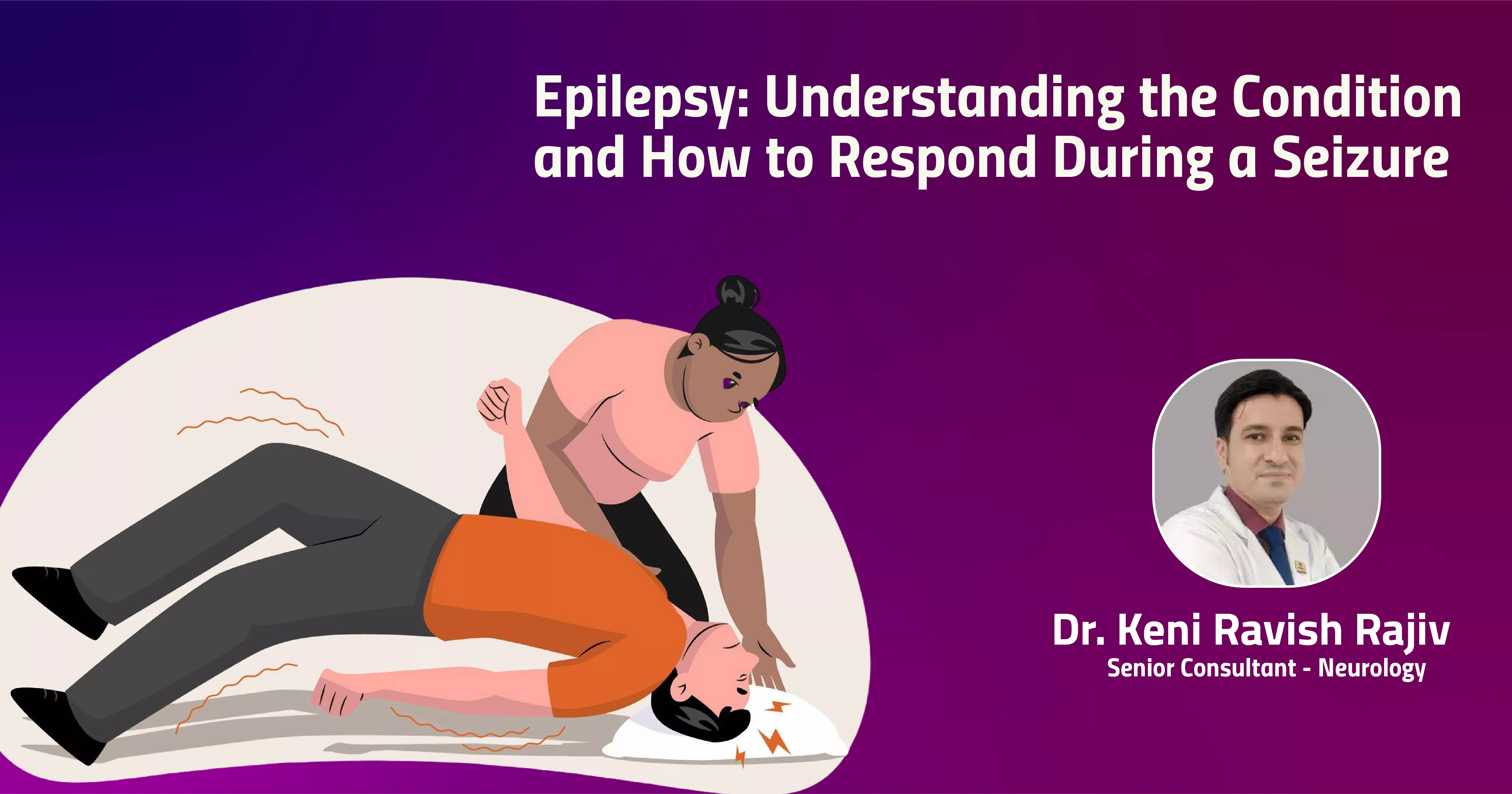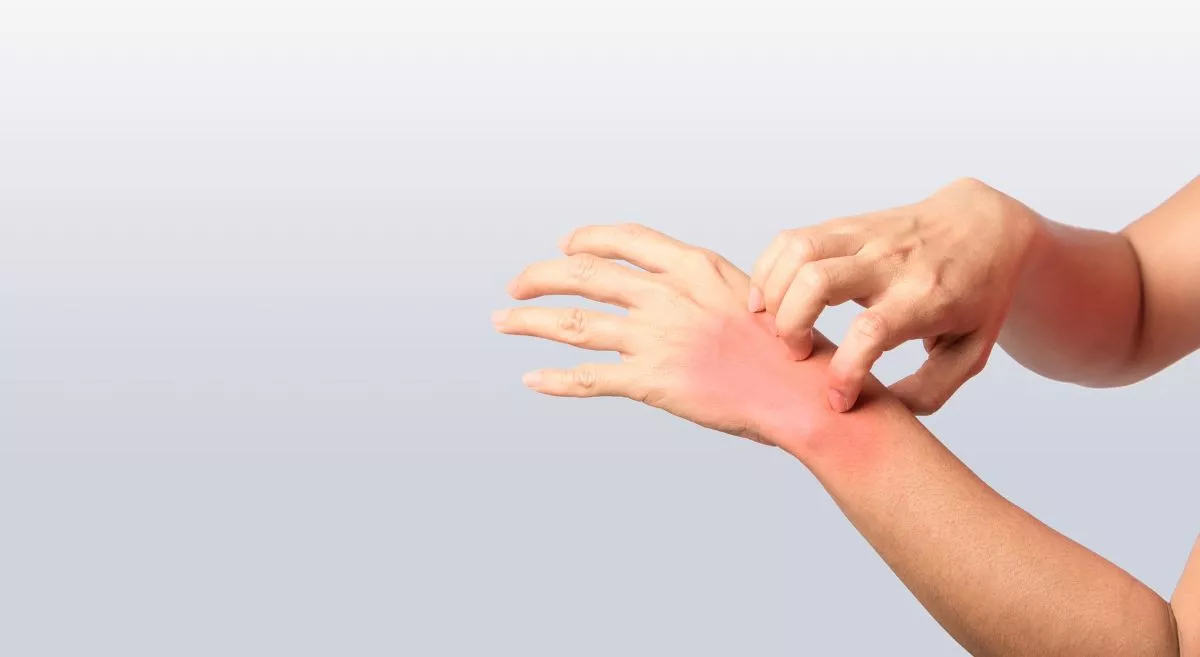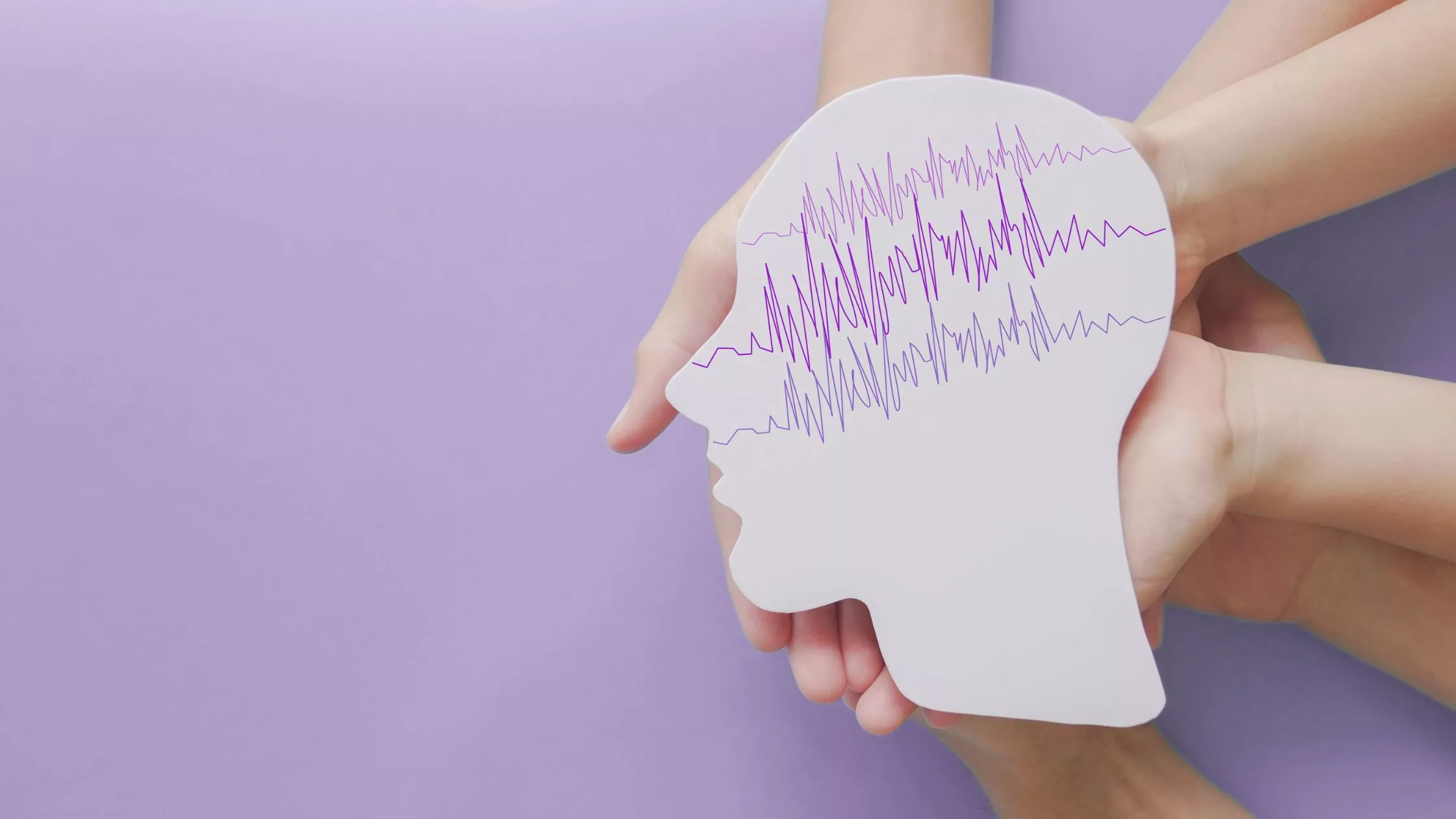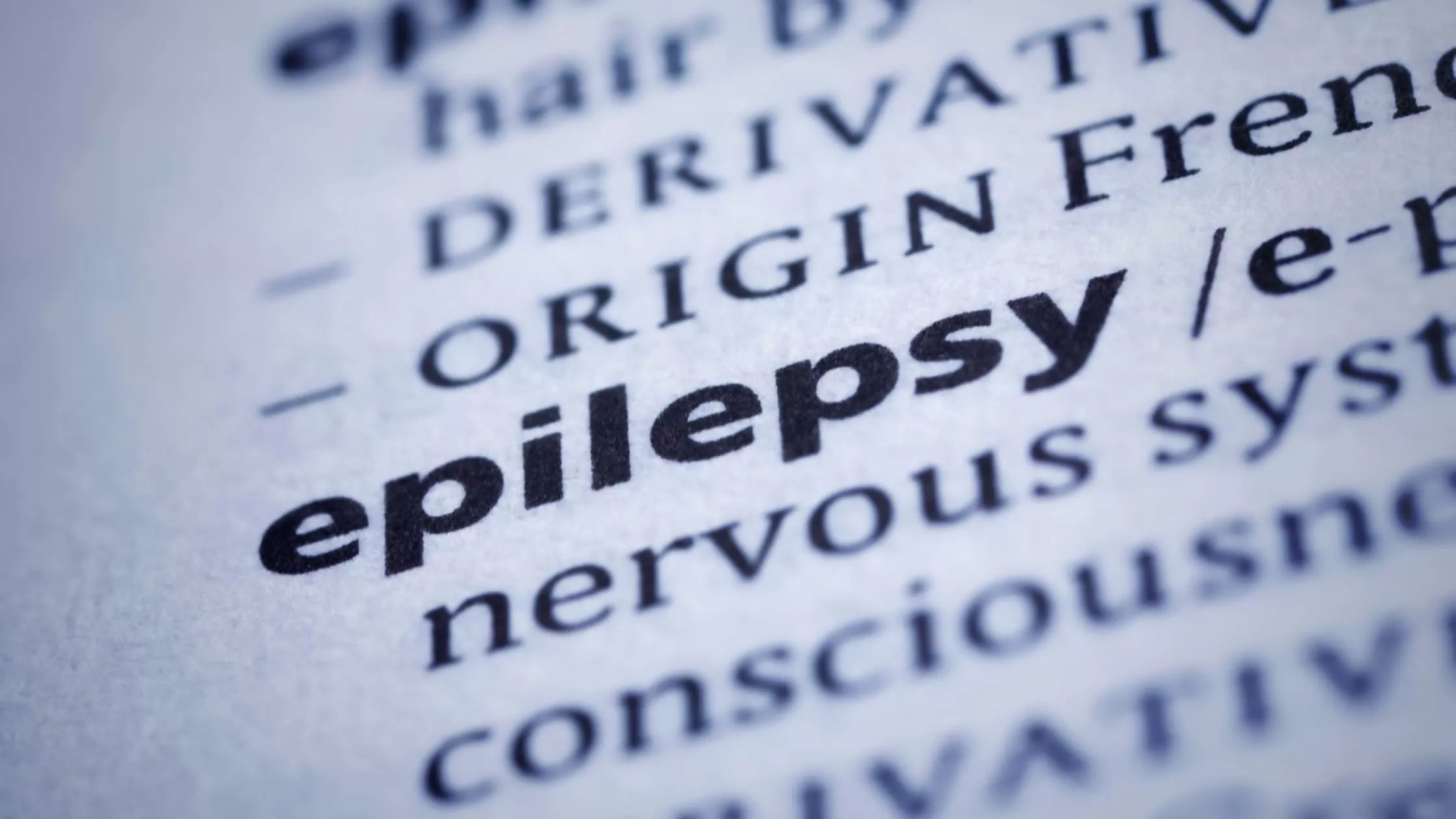Epilepsy is a neurological disorder that affects approximately 50 million people worldwide, spanning all age groups. It is characterized by unprovoked seizures, which are caused by uncontrolled electrical disturbances in the brain. These disturbances can lead to changes in a person's behaviour, movements, emotions, and levels of consciousness. Seizures occur due to excessive electrical activity in clusters of brain cells, and this abnormal activity can originate in various regions of the brain. A diagnosis of epilepsy is typically made when an individual experiences two or more unprovoked seizures or even a single seizure with a high likelihood of recurrence.
At some point in life, many of us may encounter someone experiencing a seizure. Unfortunately, due to a lack of awareness, people often panic and resort to unnecessary or harmful actions, such as placing objects like keys in the person's hands or trying to restrain them. Such actions can worsen the situation. Therefore, it is crucial to educate and train people on how to respond appropriately when someone has a seizure.
What to Do If Someone Has a Seizure
If you are with someone who experiences a seizure, you may notice their body stiffening and their muscles jerking. In such situations, follow these steps:
Stay Calm and Stay with the Person:
- Remain composed and do not leave the person alone.
Ensure Safety and Prevent Injury:
- Remove any sharp or hazardous objects from the area.
- Cushion their head with something soft, like a folded jacket or pillow.
- Loosen any tight clothing around their neck to help them breathe easily.
Position Them Safely:
- After the seizure ends, gently roll the person onto their side to help keep their airway clear.
- If there is food or fluid in their mouth, turn them onto their side immediately to prevent choking.
Provide Reassurance:
- Stay with the person and offer comfort as they regain consciousness.
Time the Seizure:
- If possible, record the duration of the seizure. This information can be helpful for medical professionals.
Avoid Harmful Actions:
- Do not put anything in their mouth, as this can cause injury.
- Do not restrain or move the person unless they are in immediate danger.
Responding to Seizures in Specific Situations
Seizures can happen to anyone, regardless of age, and may occur in various settings. Here’s how to respond if someone has a seizure in a wheelchair or car seat:
Keep Them Seated:
- Leave the person seated with their seatbelt on, unless it is causing injury.
Secure the Wheelchair:
- Engage the wheelchair brakes to prevent movement.
- If it is a tilt wheelchair, tilt the seat and lock it in position.
Support Their Head:
- Gently hold their head to prevent injury until the seizure ends.
Aid Fluid Drainage:
- Lean the person slightly to one side to allow any fluid in their mouth to drain.
Post-Seizure Care:
- If the person has trouble breathing or needs to rest, carefully remove them from the chair and place them in the recovery position.
- If breathing difficulties persist, call an ambulance immediately and monitor the person closely.
- If they stop breathing, begin CPR right away.
What not to do
- Avoid holding the person down or stopping their movements.
- Make sure not to put anything inside their mouth which could lead to serious harm to the person.
- Don’t attempt mouth-to-mouth breaths during the seizures.
- Don't offer water or food until they are fully alert because attempts like this could cause choking or aspiration.
Why Awareness Matters
Witnessing a seizure can be alarming, but responding appropriately can have a significant impact. By staying calm, ensuring the person’s safety, and avoiding harmful actions, you can help prevent injuries and provide the necessary support. Educating yourself and others about epilepsy and seizure first aid is a vital step toward creating a safer and more inclusive environment for those living with this condition. Remember, seizures can happen to anyone, and being prepared can save lives. Spread awareness, stay informed, and always seek medical advice if you or someone you know experiences seizures.

































